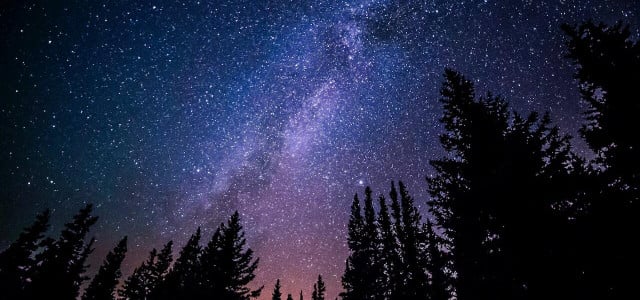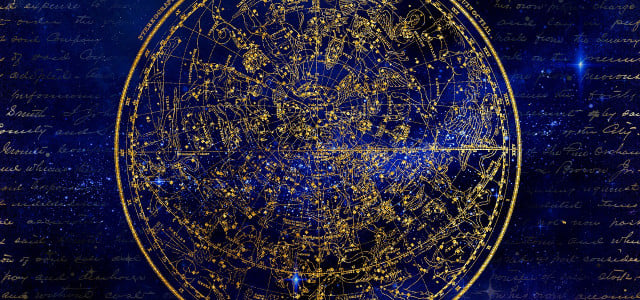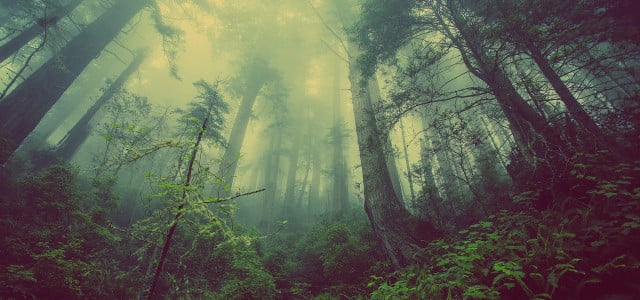Head to your nearest dark sky park to take full advantage of the beautiful night sky. Spend the evening stargazing and experience nighttime the way nature intended.
International Dark-Sky Association dark sky parks are dotted all over the world. Many of them are located here in the US. These spots are ideal for camping, as you can enjoy the full wonders of the night sky without any light pollution.
What is light pollution?
The term “light pollution” refers to the inappropriate or excessive use of artificial light, and much of the world’s population lives under light-polluted skies. Our increasing reliance on artificial light is energy-intensive and bad for the environment. Our body clocks operate on a wake/sleep schedule that is in line with natural light, which is why blue light from screens affects us so much. Light pollution affects not only humans but also all of Earth’s delicate ecosystems.
1. Arches National Park
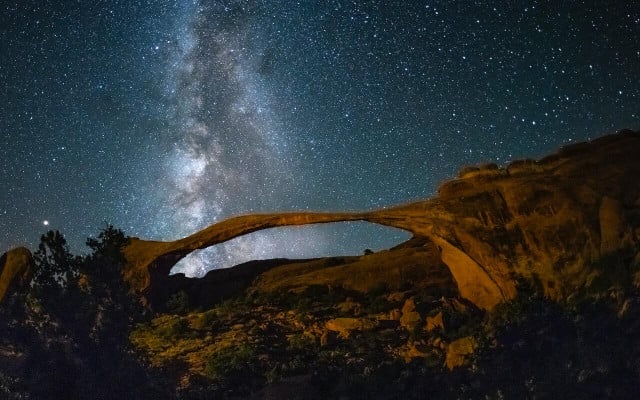


(Foto: CC0 Public Domain / Unsplash / Ken Cheung)
Located just outside Moab, this national park is part of Utah’s Mighty 5 and has been a dark sky park since 2019. Amenities in the park are limited to keep things as natural as possible. Very little of the area has artificial lighting, and the lighting it does have is night-sky friendly. What makes Arches National Park unique is the over 2,000 natural stone arches found throughout the park, making it a must-see no matter what time of day. There are plenty of hikes and even ranger-led programs available.
If you plan on visiting during the 2022 high season, be aware that Arches National Park is testing out a pilot system that involves making a reservation if arriving by car between 6am and 5pm. Don’t let that scare you away from experiencing this incredible dark sky park. Head to the reservations website and pick your slot.
Tip: get updated on the debate about returning national parks to native tribes in our guide on the topic!
2. Headlands International Dark Sky Park
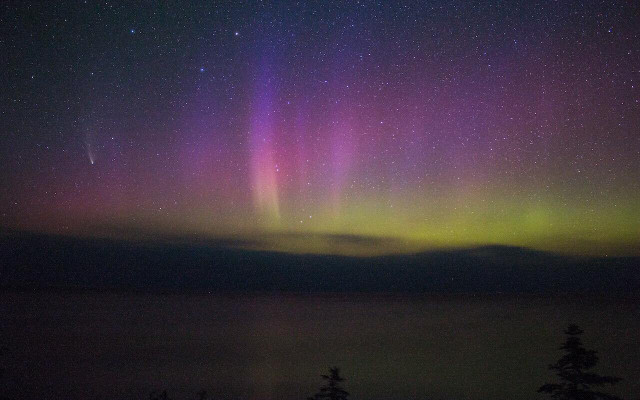


(Foto: CC0 Public Domain / Unsplash / Brad Mann )
Located just outside Mackinaw, Michigan, Headlands International Dark Sky Park first opened in 2012. Not only is this dark sky park ideal for stargazing, but due to its northern location, there is a chance of catching a glimpse of the northern lights. You can learn more about the night sky by walking the one-mile dark sky discovery trail located within the park.
If you come during the daytime, there are over five miles of trails to explore through 600 acres of old-growth forest. Bring your snowshoes or cross-country skis in the winter for a memorable day out.
3. Kissimmee Prairie Preserve State Park
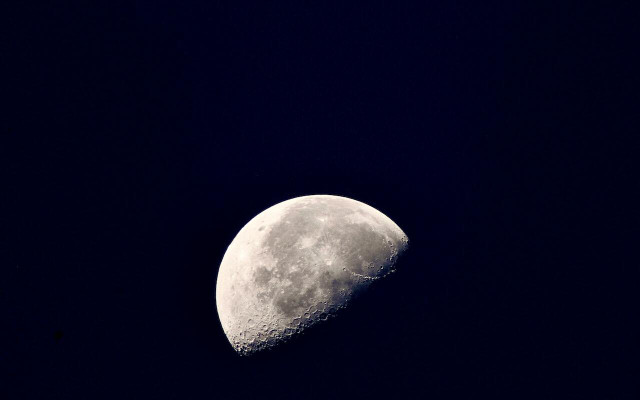


(Foto: CC0 Public Domain / Unsplash / Rayna Tuero)
Kissimmee Prairie Preserve State Park was recognized as Florida’s first dark sky park in 2016. This dark sky park in Central Florida is part of the Everglades Headwaters National Wildlife Refuge and protects the largest remaining area of Florida’s dry prairie. Its vast open landscape provides ample opportunities to enjoy the night sky and enjoy activities like birdwatching, photography, cycling and horseback riding. Due to the lack of light pollution, you can see the Milky Way without using binoculars or telescopes.
4. Death Valley National Park
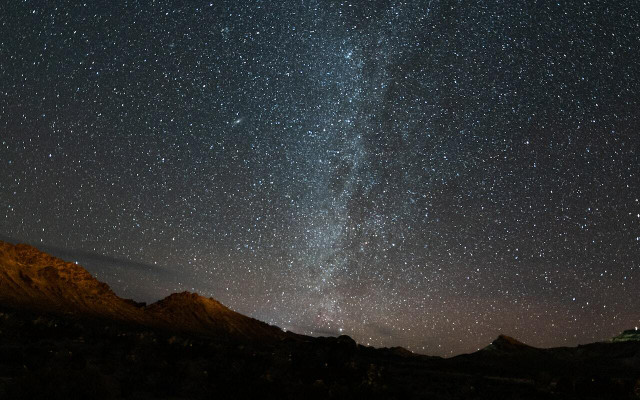


(Foto: CC0 Public Domain / Unsplash / Karthik Sreenivas)
Death Valley is a park full of extremes, from temperature to elevation and weather patterns. These extremes also make it an ideal location for a dark sky park. If you wish to experience the darkest conditions, aim to plan your visit during a new moon. For those interested in learning more about space, try planning your trip to coincide with the free Death Valley Dark Sky Festival in late winter.
We recommend you check out the best state parks in California — not only for stargazing — if you’re in the area.
5. Cherry Springs State Park
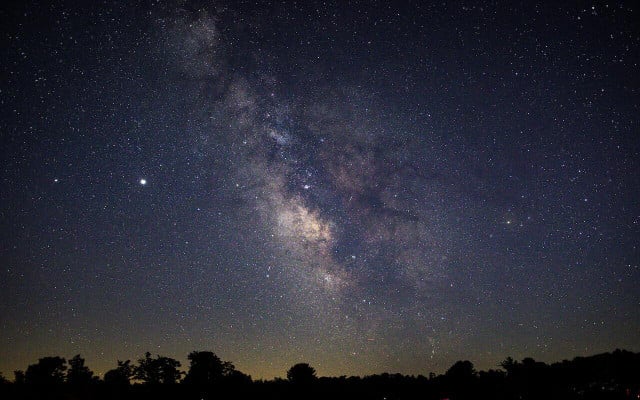


(Foto: CC0 Public Domain / Unsplash / Tyler Rutherford )
Finding dark sky parks on the East Coast is a bit more challenging due to the population density of the area. Cherry Springs State Park in Pennsylvania has three different dedicated stargazing spaces. The Overnight Astronomy Observation Field is ideal for serious stargazers, as it’s located on top of a mountain away from any light pollution. White light in this location is completely prohibited, so make sure you have a red filter with you.
6. Central Idaho Dark Sky Reserve
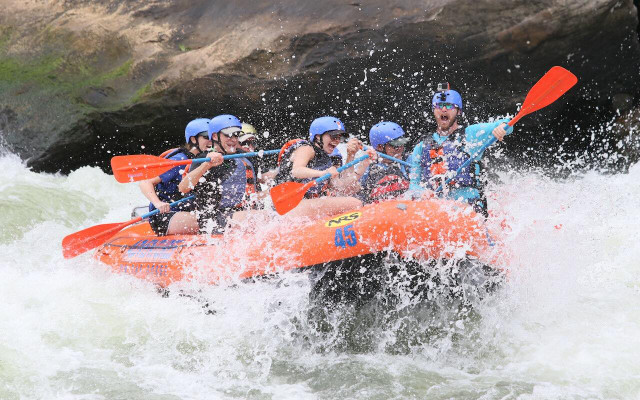


(Foto: CC0 Public Domain / Unsplash / Jackalope West)
The Central Idaho Dark Sky Reserve was the first US park of its kind. It covers 1,416 square miles of land and is the third-largest dark sky reserve in the world. You can access this dark sky park year-round for a wide variety of activities that aren’t limited to stargazing. In the summer months, you can enjoy hiking, cycling, camping, white water rafting, and fishing.
During the winter, you can go downhill, backcountry or cross-country skiing, and snowmobiling. Contact the local Forest Services office for more information about planning your trip.
7. Waterton-Glacier International Peace Park
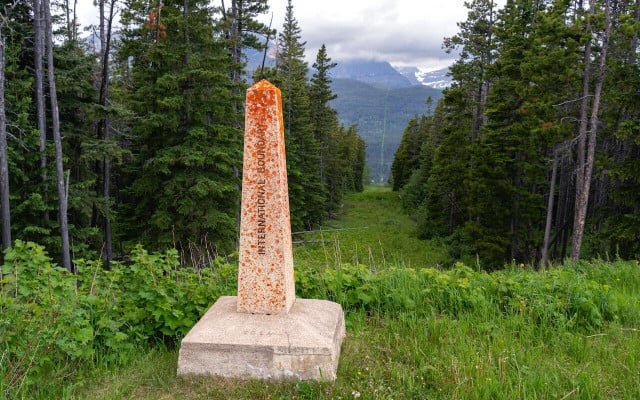


(Foto: CC0 Public Domain / Unsplash / Jim Witkowski)
Waterton-Glacier International Peace Park has a unique location sitting on both American and Canadian soil. This first trans-border dark sky park comprises Waterton Lakes National Park in Alberta and Glacier National Park in Montana.
There is no shortage of incredible sites to see in this region, including what’s left of the glaciers. There are numerous camping sites, hiking trails, and other activities to enjoy. For an extra special stargazing experience, consider joining a guided tour.
Visiting Dark Sky Parks Responsibly
Dark sky parks are a precious resource and must be cared for accordingly. If you want to visit, keep the following in mind:
- Plan your visit: If you’re aiming to see a specific celestial event or wish to do some serious stargazing, use resources like the Clear Sky Chart. Make sure to check the moon phase as well.
- Dark sky etiquette: If you head out to a dark sky park to experience the night sky, remember that everyone else is there to do the same. Keep your vehicle’s headlights off or dimmed whenever possible, and avoid using artificial light like flashlights or phones.
- Use red light: If artificial light is absolutely necessary, ensure you have the proper shielding or are using red light to not interfere with the dark skies.
- Leave no trace: When spending time in nature, it’s essential to take everything with you — including all trash.
- Share your experience: If you took some great photos during your visit to a dark sky park, share them on social media and use your platform to help spread the word about light pollution and its environmental impact.
Looking to explore during the daytime as well? Check out our other best-of lists of national and state parks in the US:
- 10 Best National Parks to Visit in Winter
- The 7 Best State Parks in New York
- The 8 Best State Parks in Texas
- The 11 Most Epic Sequoia National Park Hikes
- The 10 Best Oregon State Parks for Camping
- 14 Surprising Animals in Yosemite National Park
Read more:
- Wild Camping: A Beginner’s Guide to Free Camping in the US & Canada
- 10 Natural Home Remedies for Mosquito Bites
- 5 Reasons Why You Should Turn Off Your Phone, Especially at Night
Do you like this post?






